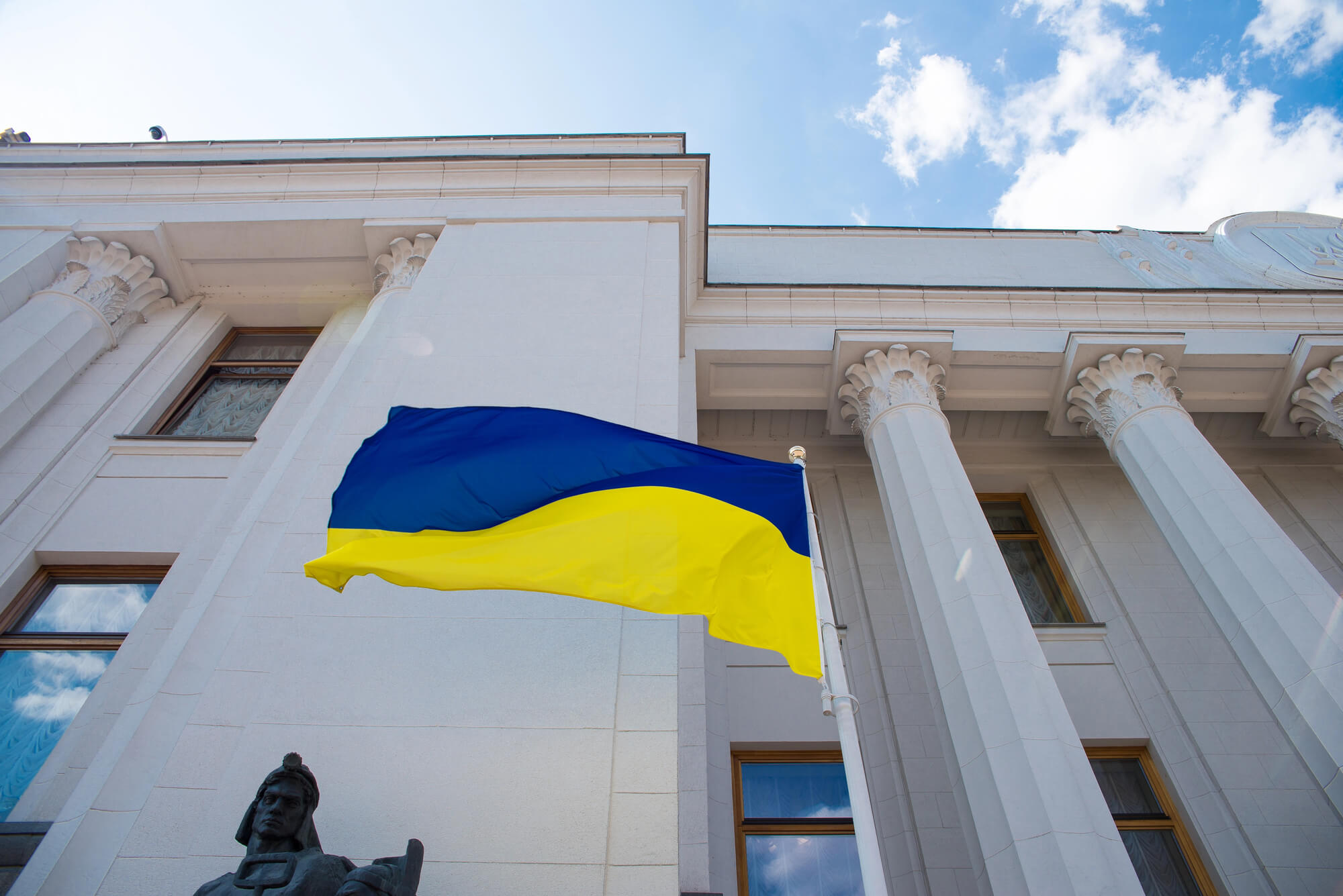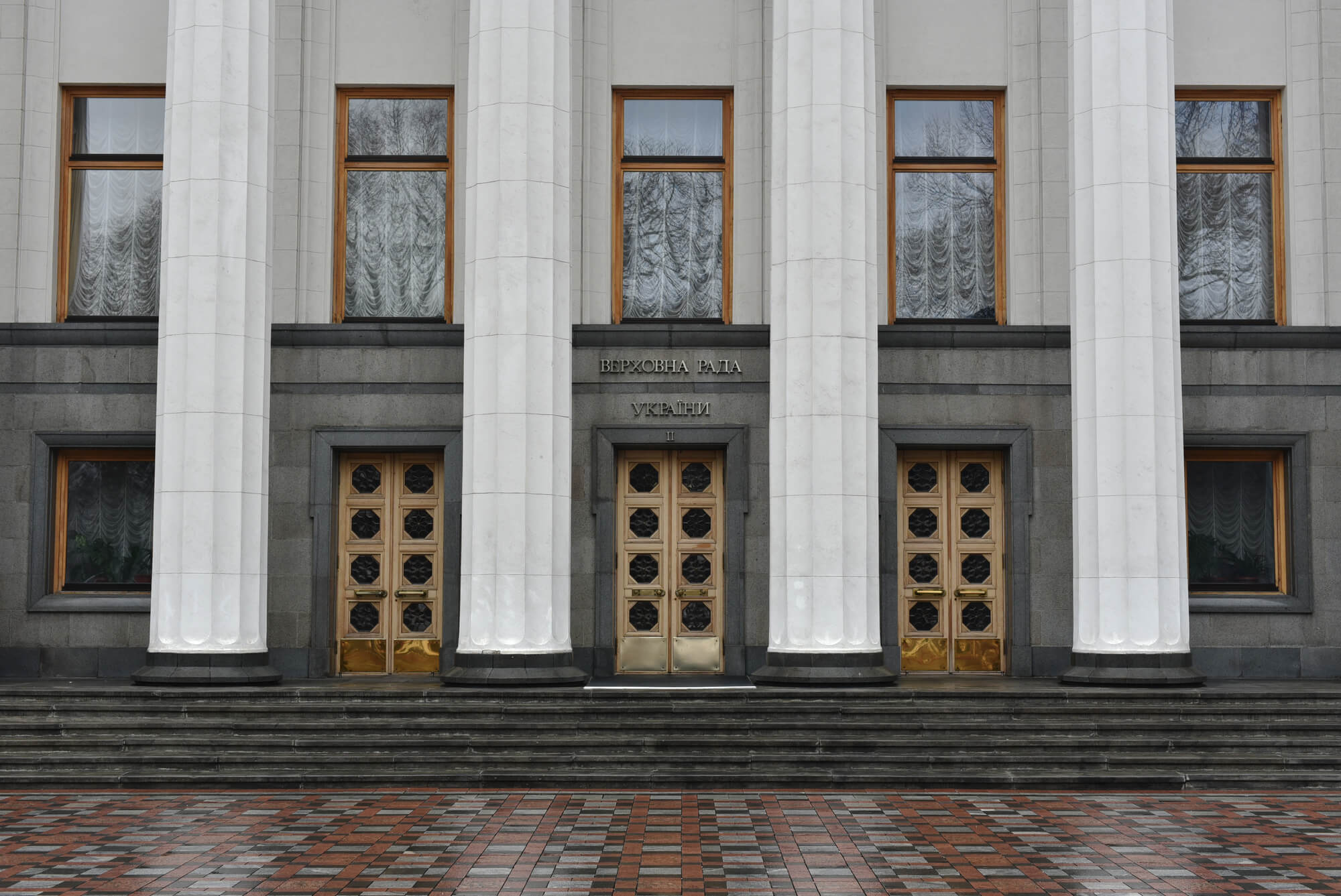Foreign trade is a driver of Ukraine’s economic growth. A small open economy, the country is highly reliant on the international markets with the trade over GDP ratio being around 100%. The military and economic aggression of the Russian Federation created new challenges which called for trade growth and diversification to compensate for the loss of territories and external markets. We analyse key achievements and failures of the previous five years and define priorities for the trade policy making for the new government.
Key steps forward
Regional trade agreements: The launch of the deep and comprehensive free trade area (DCFTA) with the EU is the most ambitious trade liberalisation project Ukraine has ever implemented. For a vast majority of products, the country got duty-free access to the second-largest market in the world, while committing to gradually open its market for EU products and harmonise its trade-related legislation with that of the union as to reduce trade costs associated with non-tariff barriers to trade.
Export of goods to the EU has already intensified, reaching USD 20.2 bn in 2018, the absolute maximum since independence. Moreover, while total real exports remained depressed, real exports to the EU increased by more than 50% in 2013-2018. According to the IER survey, 28% exporters and importers have already gained from the DCFTA, and 41% expect to gain within five years. Only 4% of respondents reported any DCFTA-related losses.
Ukraine also signed new free trade agreements (FTA) with Canada and Israel. Although the two countries currently account for a small share of Ukraine’s total trade, they provide important sectoral opportunities. Moreover, Ukraine joined the Pan-Euro-Mediterranean Rules of Origin Convention (PEM) allowing for more liberal rules for the confirmation of the product origination status (so-called diagonal cumulation) in the framework of preferential agreements (PTA) signed by 50 member-countries of the PEM, including the EU, the EFTA, Israel and Turkey. Currently, Ukraine employs PEM rules of origin with the EU, and soon should start using them in trade with the EFTA, Israel, Georgia, and Moldova, but further FTAs with other PEM member-states should allow capturing more of the diagonal cumulation benefits.
Reforms in TBT/SPS regulations: Reforms of the industrial product safety, the so-called technical barriers to trade (TBTs), and food and related products safety, the so-called sanitary and phytosanitary measures (SPS), are in the heart of the EU-Ukraine DCFTA. They are also important for trade with other partners and for the development of the internal market, providing better safety protection and predictability.
According to a focus group interview conducted by the 3dcftas.eu project, Ukraine has already demonstrated satisfactory progress in the implementation of its TBT-related commitments. All key horisontal (cross-sectional) legislation was passed, although its complete identity with the EU norms is yet to be achieved. About a half of the to-be-aligned technical regulations setting mandatory requirements of product safety have been already aligned with the EU directives. The same is true for about 60% of voluntary standards, including a large part of the so-called harmonised standards providing a presumption of conforming with the technical regulations. The country has also progressed in the development of the institutions for standardisation, accreditation, metrology and market surveillance. Still, the conclusion of the Agreement on Conformity Assessment and Acceptance of Industrial Products (ACAA), the “industrial visa-free regime”, remains the major short- to medium-term policy goal requiring both legal and institution-building efforts.
The implementation of the SPS-related reforms has also moved forward. New laws regarding food safety, feed safety and state control were adopted, and the newly established State Service on Food and Consumer Protection has become an important player in the institutional architecture aimed at food safety enforcement. At the same time, Ukrainian producers of animal-origin products, the most demanding segment in terms of food safety, improved their access to the EU market: their number increased from about 150 in 2013 to about 400 in 2019.
Public procurement and foreign trade: Break-through reforms in Ukraine’s public procurement not only affected fiscal parameters but also allowed the country to enter the international procurement market. In May 2016, Ukraine joined the WTO Government Procurement Agreement (GPA) and got access to public tenders of the member-states, including the EU, the USA, Japan, South Korea etc. Importantly, positive cases of the GPA tenders wins are already being reported. While the GPA provides access to the EU public procurements at the level corresponding to the initial stages defined by the DCFTA, the latter allows for much deeper integration subject to completion of the harmonisation process. It requires further legal efforts, but also active cooperation with the EU partners on institutional structures under the Association Agreement (AA).
Trade in services: The new law on liberalisation of services exports (2016) removed major administrative barriers related to financial and accounting reporting and foreign currency operations for exporters, thereby reducing unproductive trade costs in the sector. The decision created new export stimulus especially for the ICT and professional services, growth of which accelerated to 28-29% per annum in 2017-2018.
Foreign currency liberalisation: The liberalisation of the foreign currency market launched in February 2019 gave another boost to Ukraine’s foreign trade. Revision of economic sanctions for currency regime violations enabled a long-needed relief for the business.
Policy/institutional framework: The Government strengthened policy and institutional frameworks for trade policy development and implementation in Ukraine. In late 2017, after several years of extensive discussions and consultations with stakeholders, the Export Strategy for 2017-2021 and the associated action plan were adopted setting clear-cut policy priorities and targets and defining means for their achievement. Moreover, six sectoral export strategies are currently in the pipeline as to pinpoint the priorities and challenges of the industry-specific export promotion.
Another positive step was the establishment of the Export Promotion Office as the public body responsible for export promotion and facilitation. While exporters are largely positive about the EPO activities, it still lacks capacity and wider awareness about its activities.
Main policy challenges and further plans
Customs reform: Although introduction of the one-stop-shop approach at customs and establishment of the State Customs Service as a separate state entity are important steps forward, many more vital aspects of the customs reform persist. Launch of the authorised economic operators institute, adoption of transit-related conventions and establishment of the common transit monitoring system, implementation of the commitments adopted under the recently launched WTO TFA, and the major overhaul of the customs administration are among the things on the to-do list.
Establishment of the ECA: While setting up the export credit agency (ECA) has been a much desired institutional development, the current design of the ECA is quite dubious. Some of the main concerns are that the respective law stipulates that ECA’s support can be extended only to certain industries, the list of which seems to have been compiled arbitrarily and thus bears a risk of corruption and rent-seeking. The support liability requirements are rather fuzzy and are not in accord with the norms of the law on the provision of state aid to economic entities. Moreover, there is a risk that in certain cases the mechanism of partial compensation of interest rate on export credits could be interpreted as a prohibited export subsidy practice under the WTO rules. On top of such issues, the agency’s budget is rather limited, and it remains to be seen just how effective the institution can be under the constraints.
Protectionist measures: Probably the most debatable case of Ukrainian protectionism is the ten-year ban on export of all unprocessed wood (wood logs) imposed in 2015 in addition to the permanent ban on exports of sawn wood effective since 2005. Initiated in the parliament, the law aimed to support domestic producers, such as the furniture industry. However, it had a dubious effect due to remaining legislation loopholes and increased smuggling practices. At the same time, the moratorium countered Ukraine’s international obligations: stalled EUR 600 mn of the macro-financial aid from the EU and landed the country in the formal dispute settlement procedure under the EU-Ukraine AA.
Another protectionist step is the increase in export duties on metal scrap. The decision contradicts Ukraine’s WTO commitments and is potentially actionable through the WTO trade dispute settlement mechanism. However, its impact has been truncated as it does not affect Ukraine’s FTA partners.
Conclusions and recommendations
The DCFTA gave a boost to the EU-Ukraine trade, however, it is far from reaching its potential level. One of the reasons for this is the non-tariff barriers. Therefore, the government should persist with the ongoing legislation, standards and processes harmonisation efforts in TBT/SPS spheres, including the conclusion of the ACAA. It is hard to catch up with the EU regulations that undergo further changes, therefore no time should be lost.
As for the FTAs Ukraine has concluded to date, it is advisable to make an impact assessment of their potential extension to trade in services, and launch respective talks if found plausible. The effect of the Export Strategy should also be evaluated and possibly adjusted given the changing international trends.
Concluding new FTAs and PTAs should be employed as to further promote Ukraine’s international trade. It is advisable to prioritise the most promising markets. The Foreign Trade Research Center Trade+ at the KSE updated and narrowed down the list of “markets in focus” set forth in the Export Strategy. Out of the identified top-twenty most promising markets, Ukraine does not have FTAs with nine: the USA, Qatar, Japan, China, Mexico, South Korea, Vietnam, Hong Kong and Singapore. Prior to engaging in any negotiations with either of the identified markets, however, more detailed analysis of individual markets should be performed.
The government launched FTA negotiations with Turkey, a member of the PEM and Ukraine’s large trade partner. Ukraine is interested in the Turkish agricultural market, which is highly protected, and should aim to access it in addition to the preferential access it got to the manufacturing products market thanks to the EU-Ukraine DCFTA and Turkey-EU customs union on manufacturing products. The scope of the future agreement should thus be carefully drafted considering the importance of the duty-free access to Turkey’s agricultural market.
Continuing and strengthening the efforts in reforming customs, as well as transforming ECA into a fair and actionable mechanism are crucial steps in supporting and boosting the country’s foreign trade. It is also necessary to eliminate the protectionist measures adopted in violation of the country’s international commitments, as to signal that Ukraine is a reliable and predictable international trade partner and thus stipulate investment.
You can find out more about the ‘White Paper on Reforms 2019’ project and other chapters of the book at this link
Attention
The author doesn`t work for, consult to, own shares in or receive funding from any company or organization that would benefit from this article, and have no relevant affiliations



